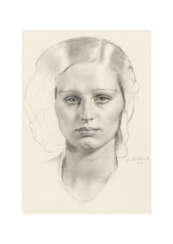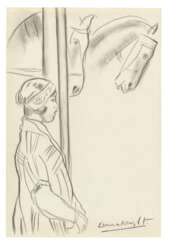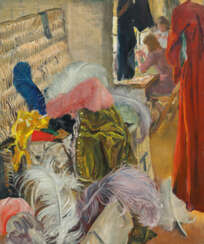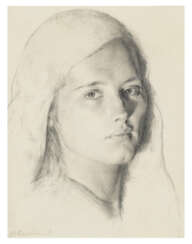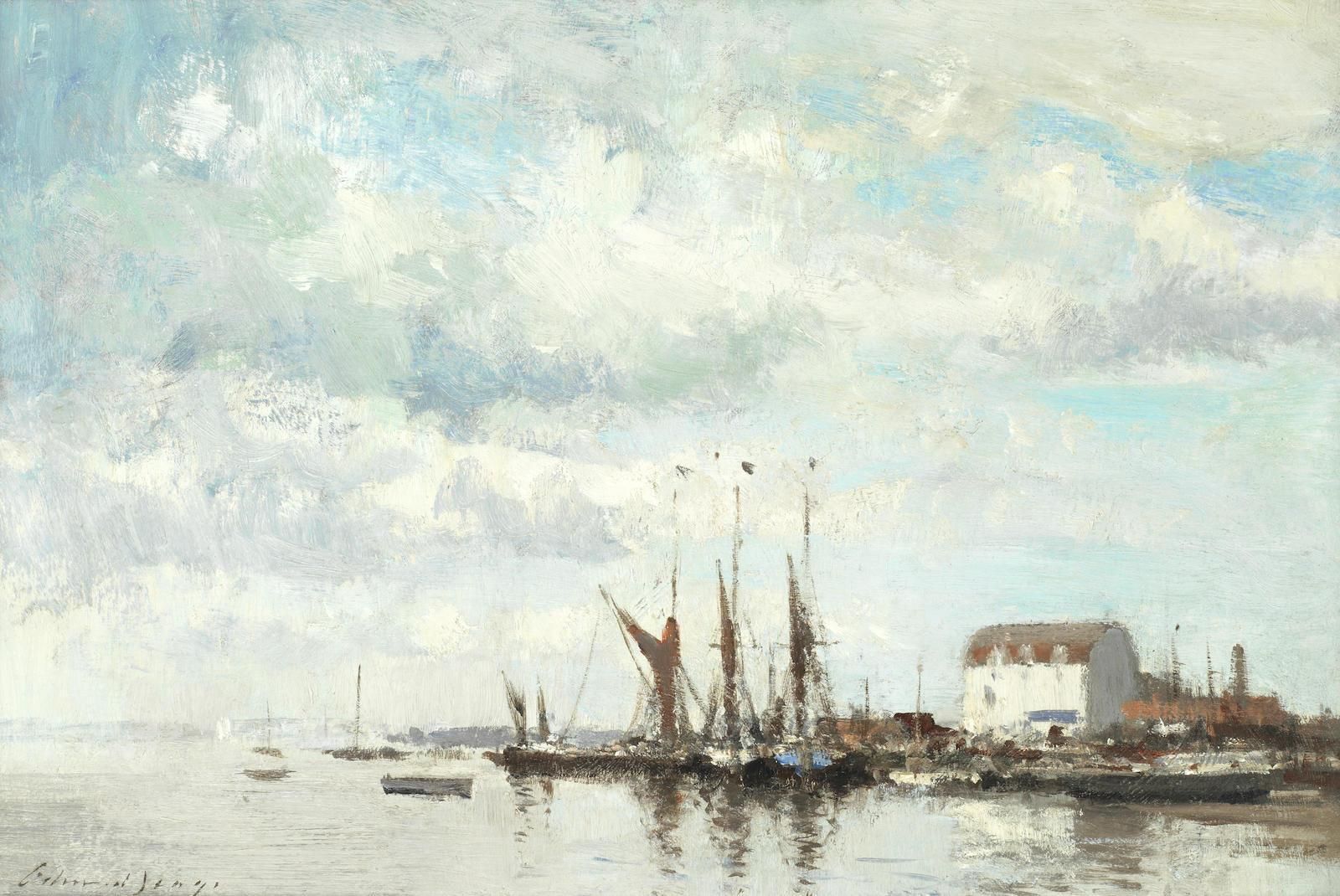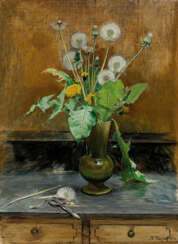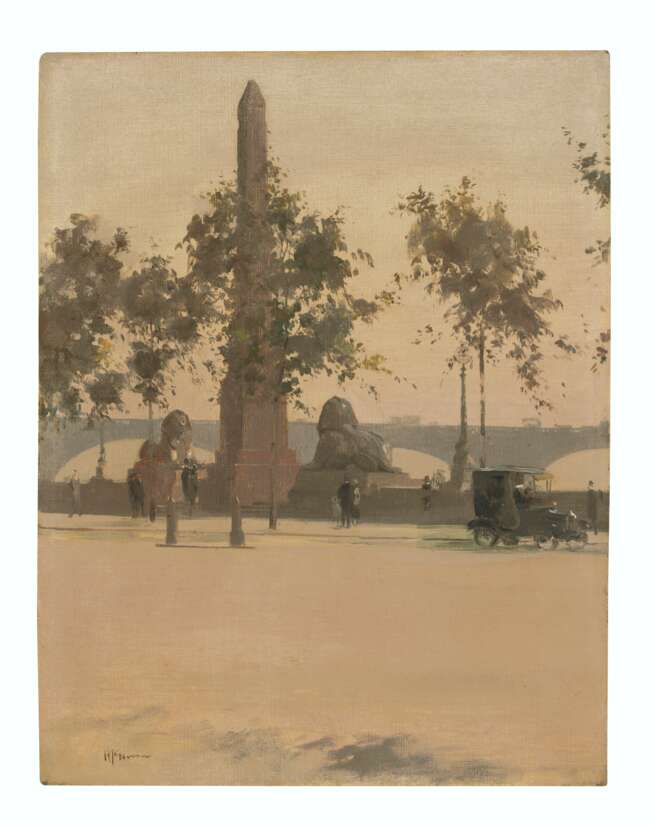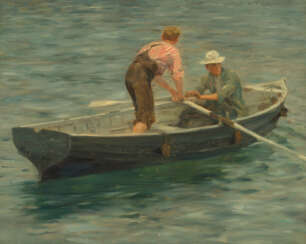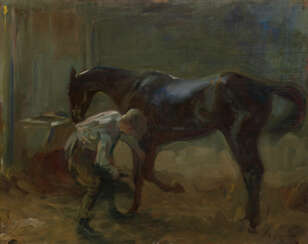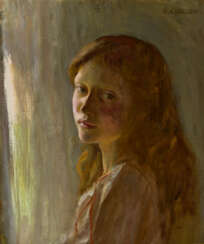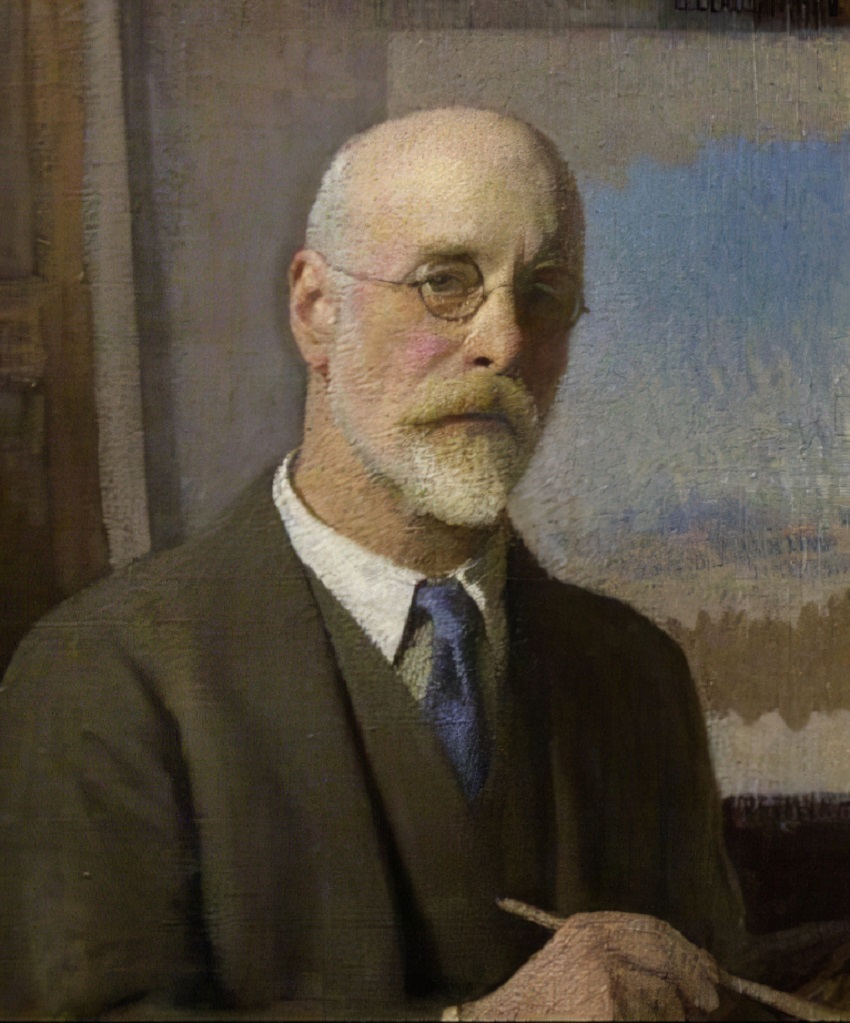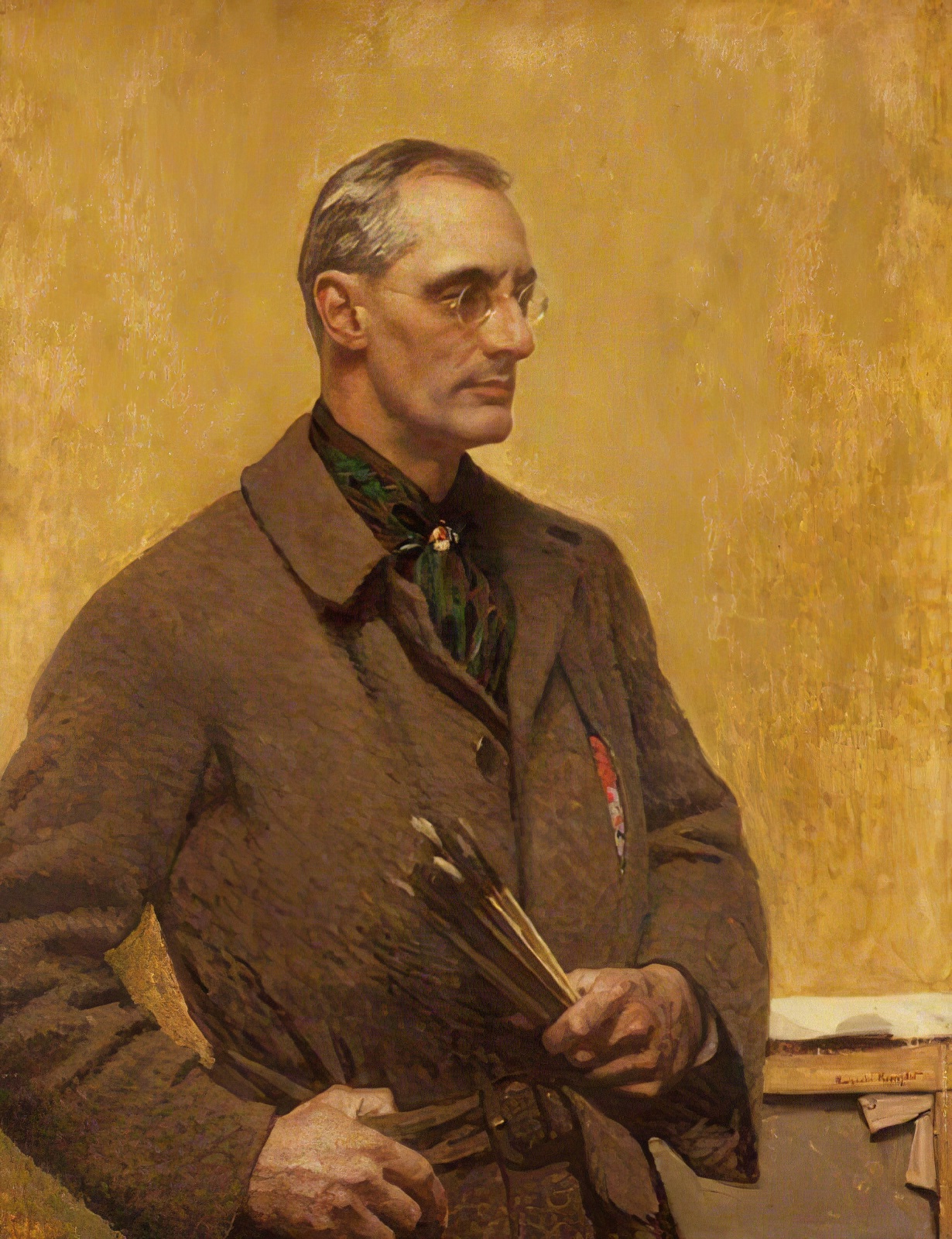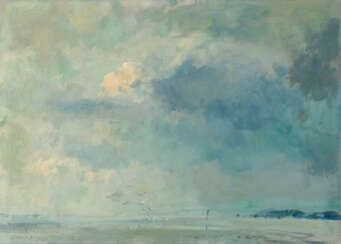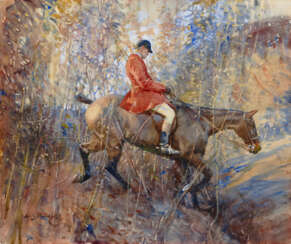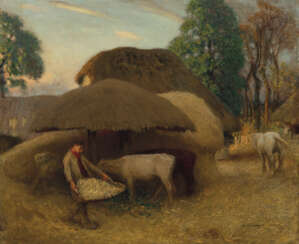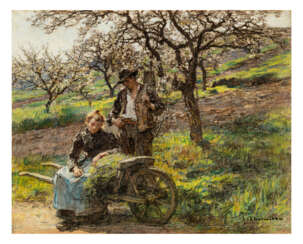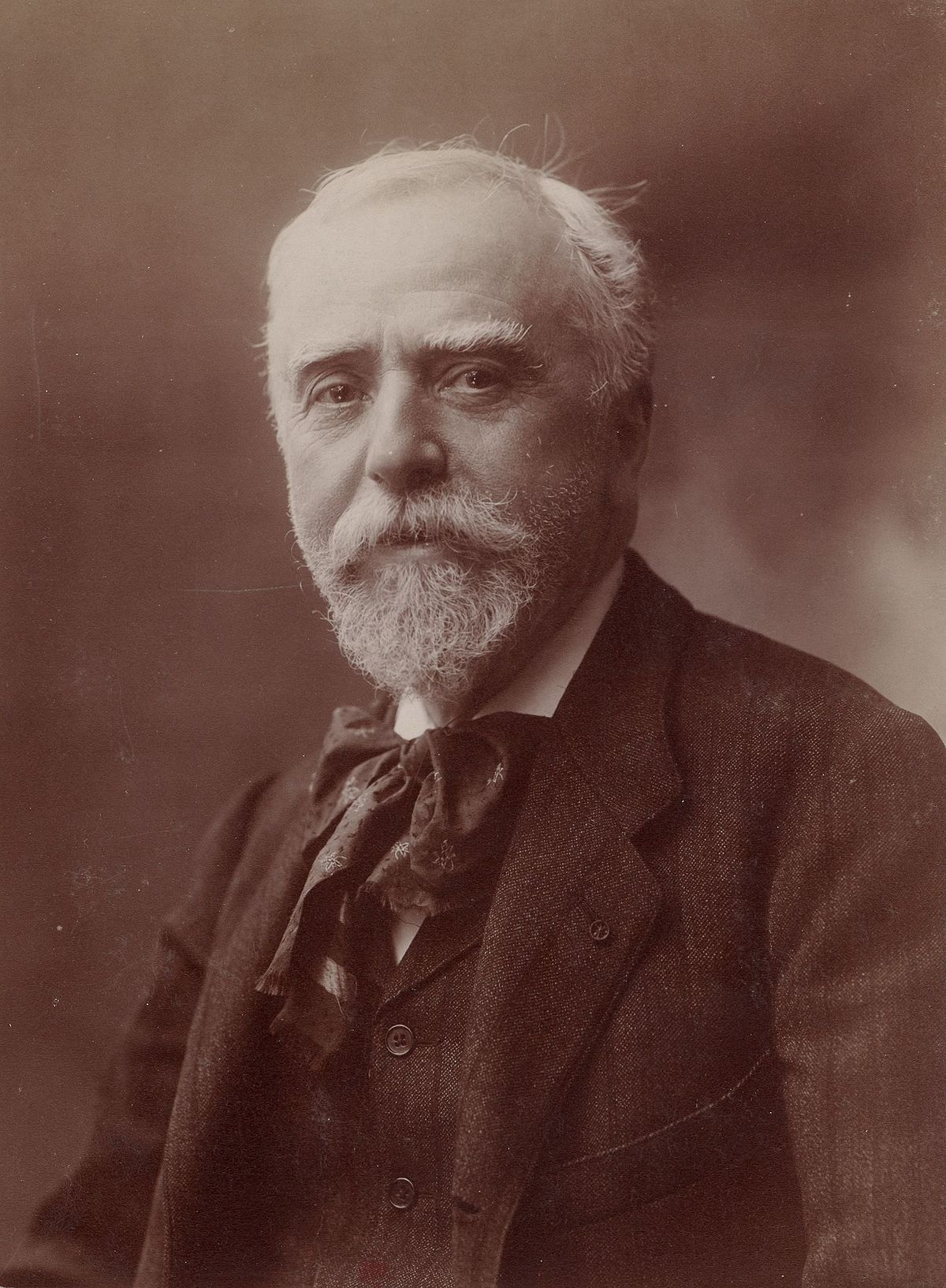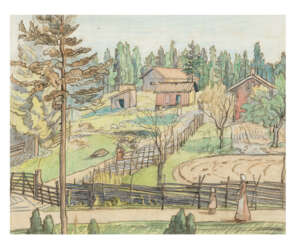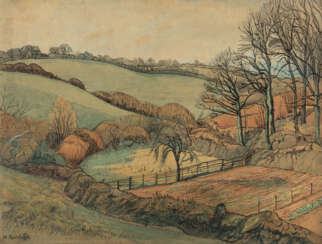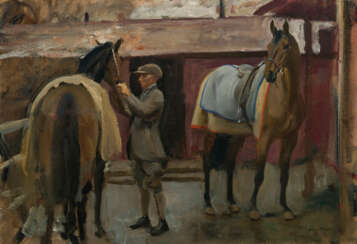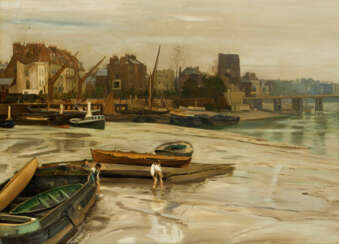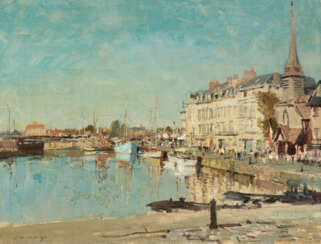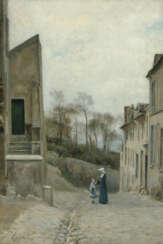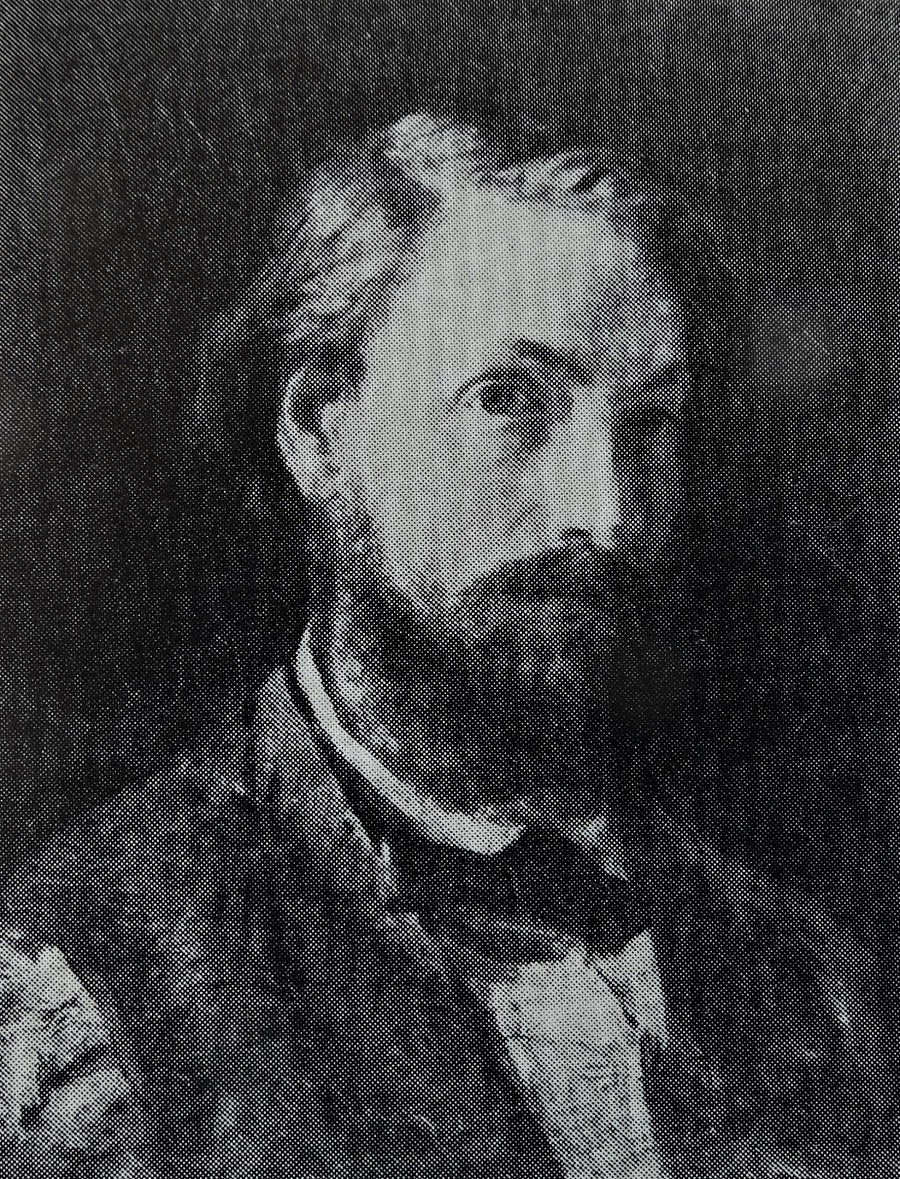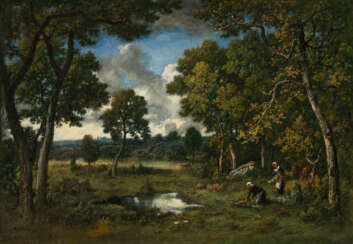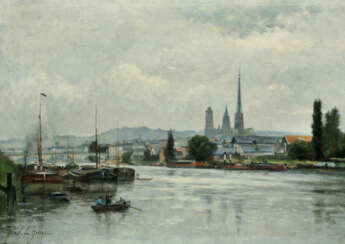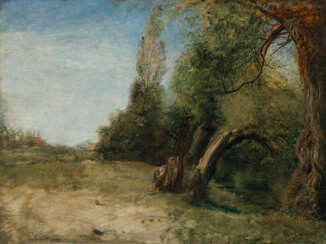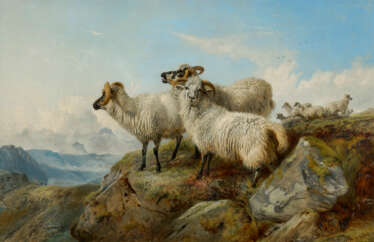
British and European Art: Online
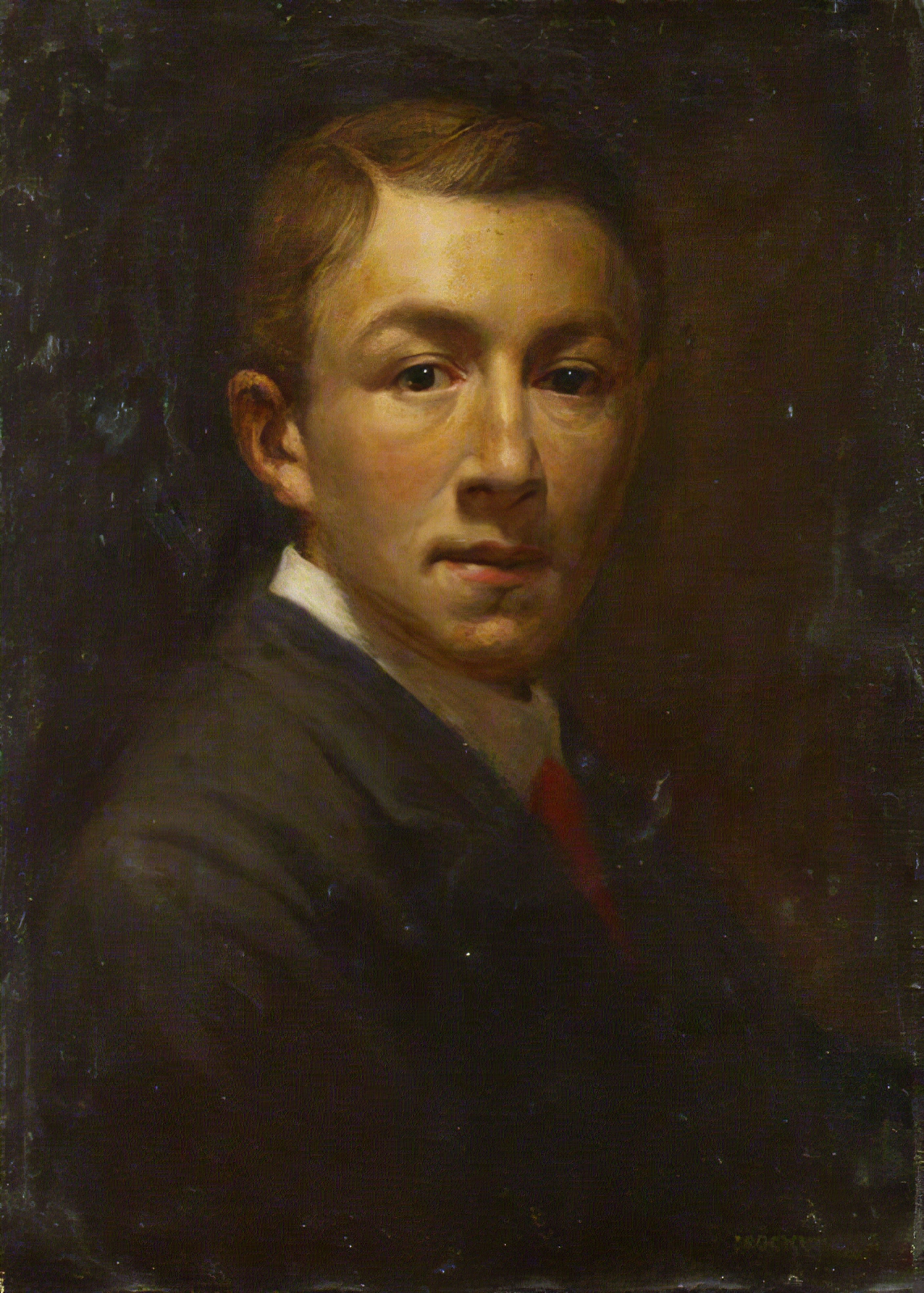
Gerald Leslie Brockhurst was a British painter and etcher.
During the 1930s and 1940s he was celebrated as a portraitist, painting society figures such as Marlene Dietrich and the Duchess of Windsor. Today he is best known for his small etched prints of beautiful, idealized women — many of them modelled by his first and second wives.
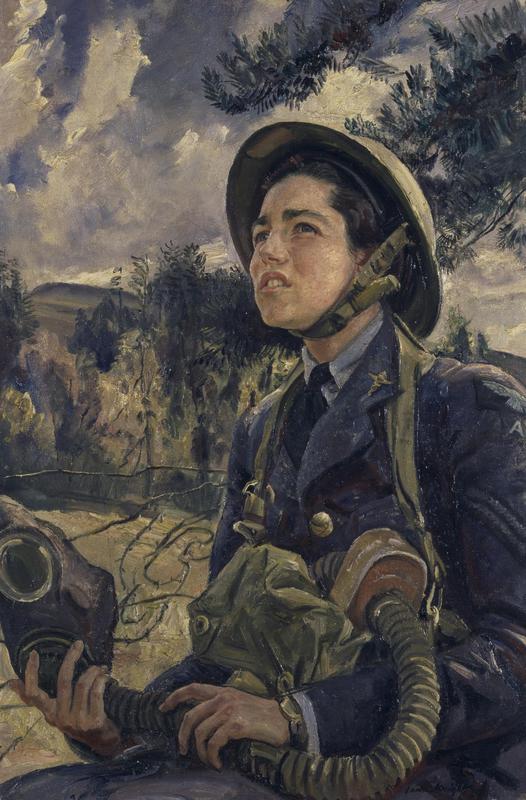
Dame Laura Knight was an English artist who worked in oils, watercolours, etching, engraving and drypoint. Knight was a painter in the figurative, realist tradition, who embraced English Impressionism. In her long career, Knight was among the most successful and popular painters in Britain. Her success in the male-dominated British art establishment paved the way for greater status and recognition for women artists.
In 1929 she was created a Dame, and in 1936 became the second woman elected to full membership of the Royal Academy. Her large retrospective exhibition at the Royal Academy in 1965 was the first for a woman. Knight was known for painting amidst the world of the theatre and ballet in London, and for being a war artist during the Second World War. She was also greatly interested in, and inspired by, marginalised communities and individuals, including Romani people and circus performers.

Dame Laura Knight was an English artist who worked in oils, watercolours, etching, engraving and drypoint. Knight was a painter in the figurative, realist tradition, who embraced English Impressionism. In her long career, Knight was among the most successful and popular painters in Britain. Her success in the male-dominated British art establishment paved the way for greater status and recognition for women artists.
In 1929 she was created a Dame, and in 1936 became the second woman elected to full membership of the Royal Academy. Her large retrospective exhibition at the Royal Academy in 1965 was the first for a woman. Knight was known for painting amidst the world of the theatre and ballet in London, and for being a war artist during the Second World War. She was also greatly interested in, and inspired by, marginalised communities and individuals, including Romani people and circus performers.
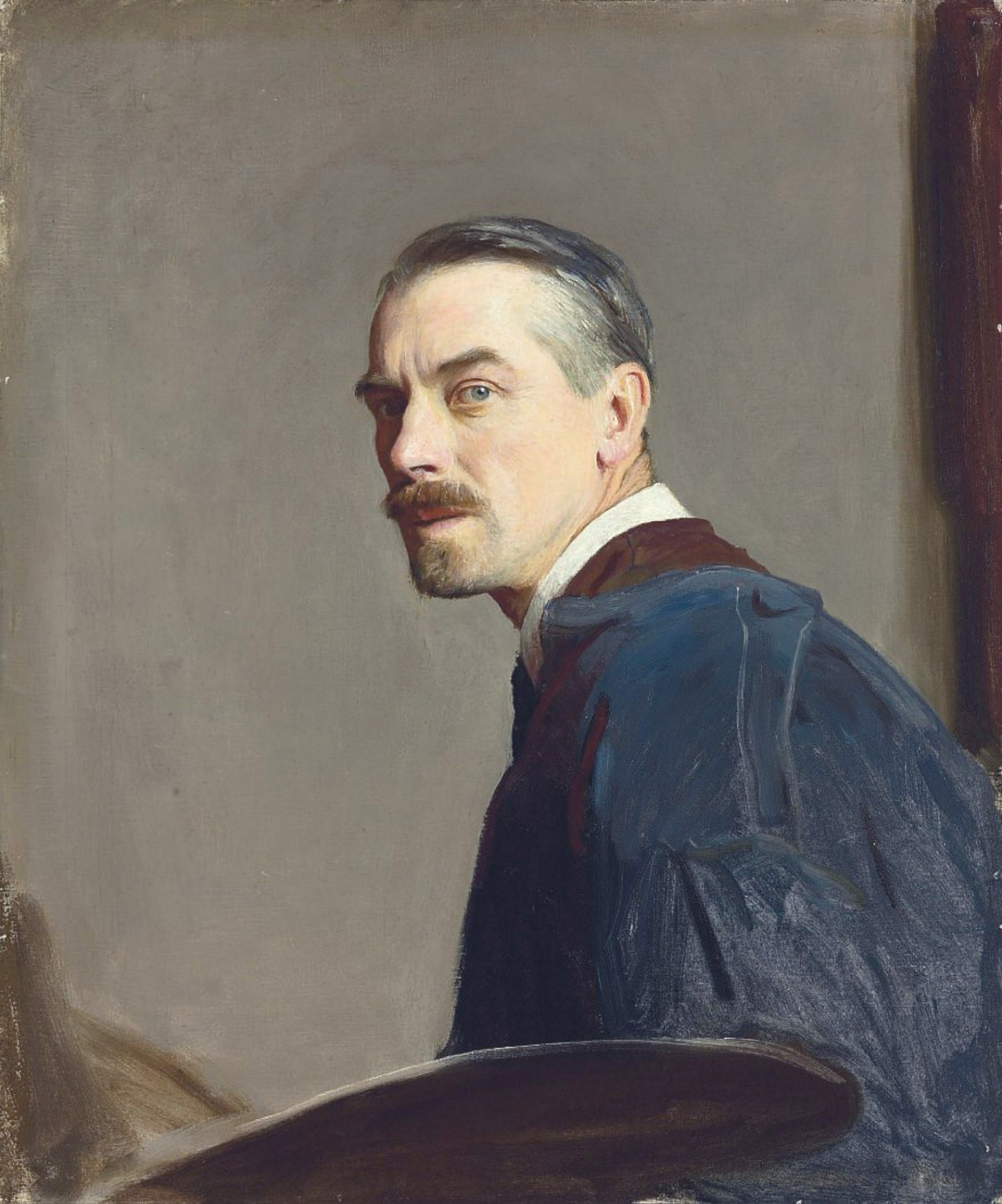
George Spencer Watson was an English portrait artist of the late romantic school who sometimes worked in the style of the Italian Renaissance.

Gerald Leslie Brockhurst was a British painter and etcher.
During the 1930s and 1940s he was celebrated as a portraitist, painting society figures such as Marlene Dietrich and the Duchess of Windsor. Today he is best known for his small etched prints of beautiful, idealized women — many of them modelled by his first and second wives.
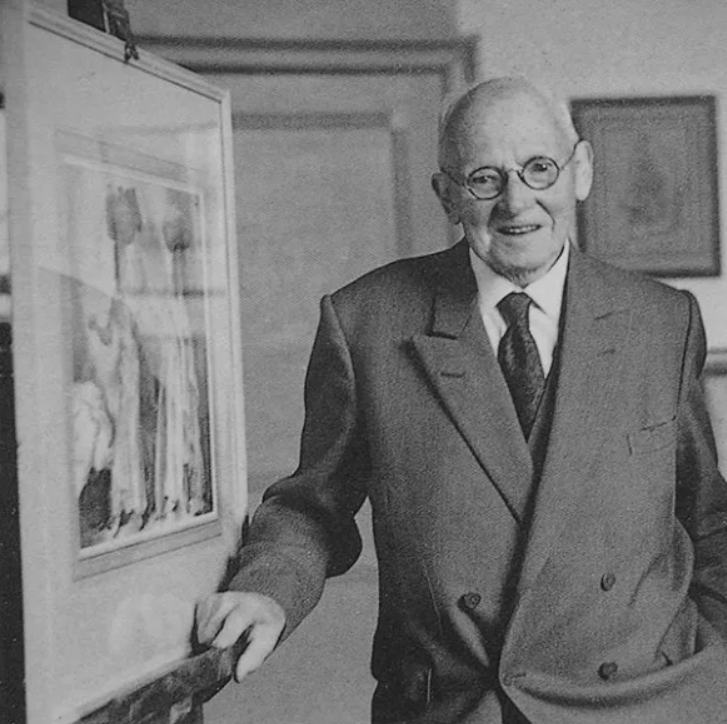
William Russell Flint was a Scottish artist and illustrator who was known especially for his watercolours of women. He also worked in oils, tempera, and printmaking.
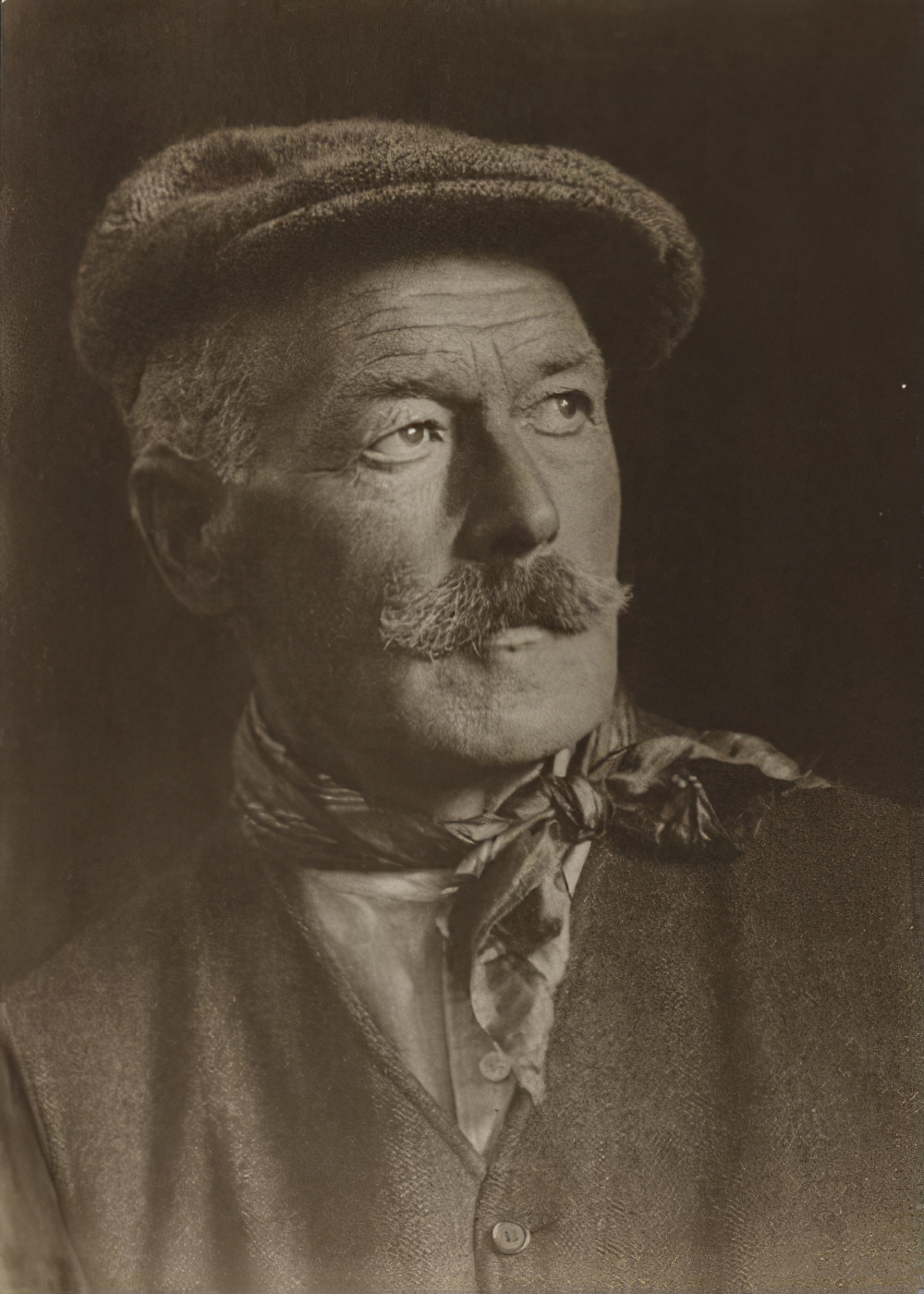
Henry Scott Tuke was an English visual artist; primarily a painter, but also a photographer. His most notable work was in the Impressionist style, and he is best known for his paintings of nude boys and young men.
Trained at the Slade School of Art under Alphonse Legros and Sir Edward Poynter, Tuke developed a close relationship with the Newlyn School of painters, his work being exhibited at the Royal Academy of Arts, of which he became a Full Member. In addition to his achievements as a figurative painter, he was an established maritime artist and produced many portraits of sailing ships. He was highly prolific, with over 1,300 works listed and more being discovered.
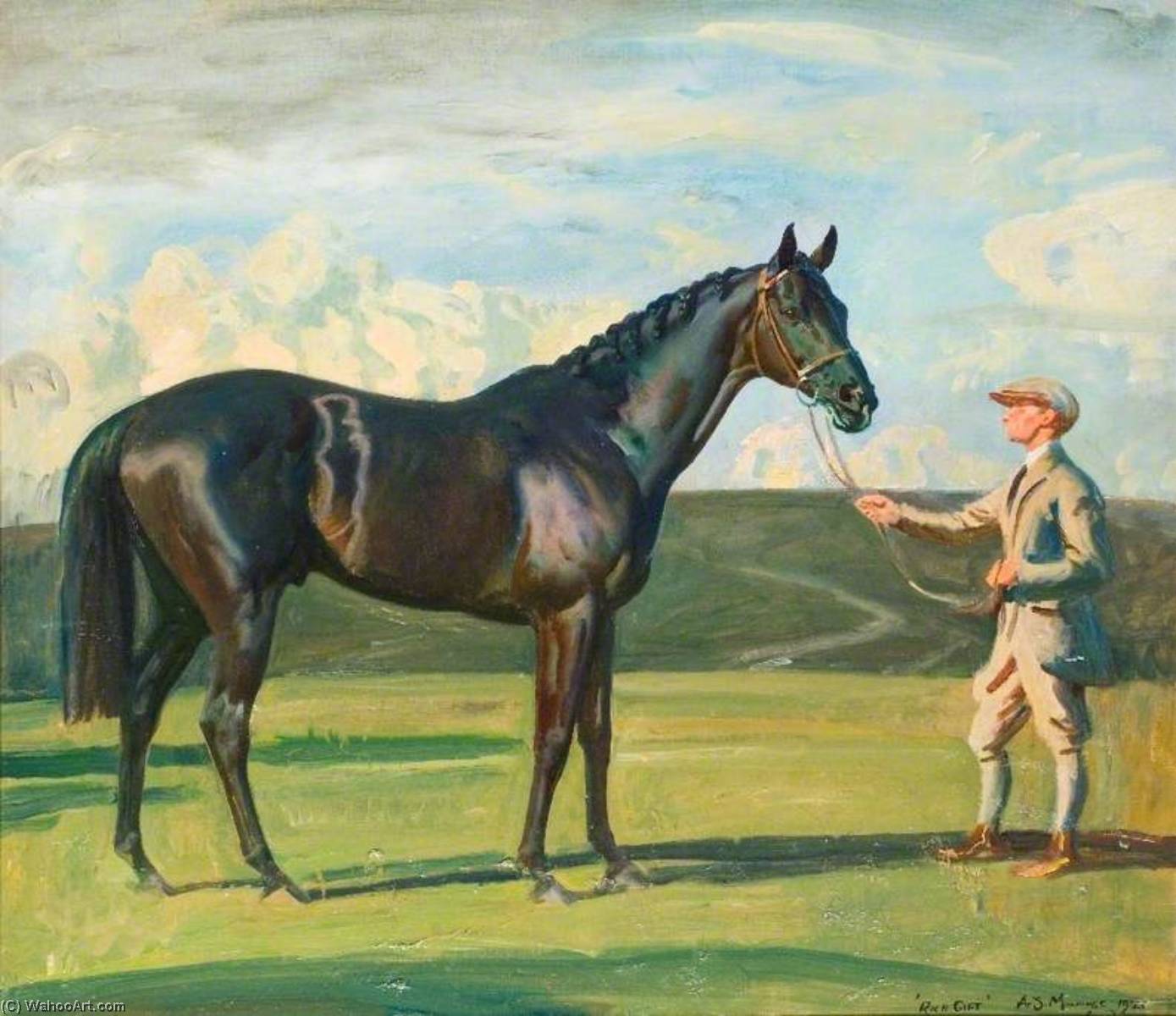
Alfred James Munnings was known as one of England's finest painters of horses, and as an outspoken critic of Modernism. Engaged by Lord Beaverbrook's Canadian War Memorials Fund, he earned several prestigious commissions after the Great War that made him wealthy. Between 1912 and 1914 he was a member of the Newlyn School of artists. His work was part of the art competitions at the 1928 Summer Olympics, the 1932 Summer Olympics, and the 1948 Summer Olympics.
Munnings was president of the Royal Academy of Arts from 1944 until his death.

Alfred James Munnings was known as one of England's finest painters of horses, and as an outspoken critic of Modernism. Engaged by Lord Beaverbrook's Canadian War Memorials Fund, he earned several prestigious commissions after the Great War that made him wealthy. Between 1912 and 1914 he was a member of the Newlyn School of artists. His work was part of the art competitions at the 1928 Summer Olympics, the 1932 Summer Olympics, and the 1948 Summer Olympics.
Munnings was president of the Royal Academy of Arts from 1944 until his death.
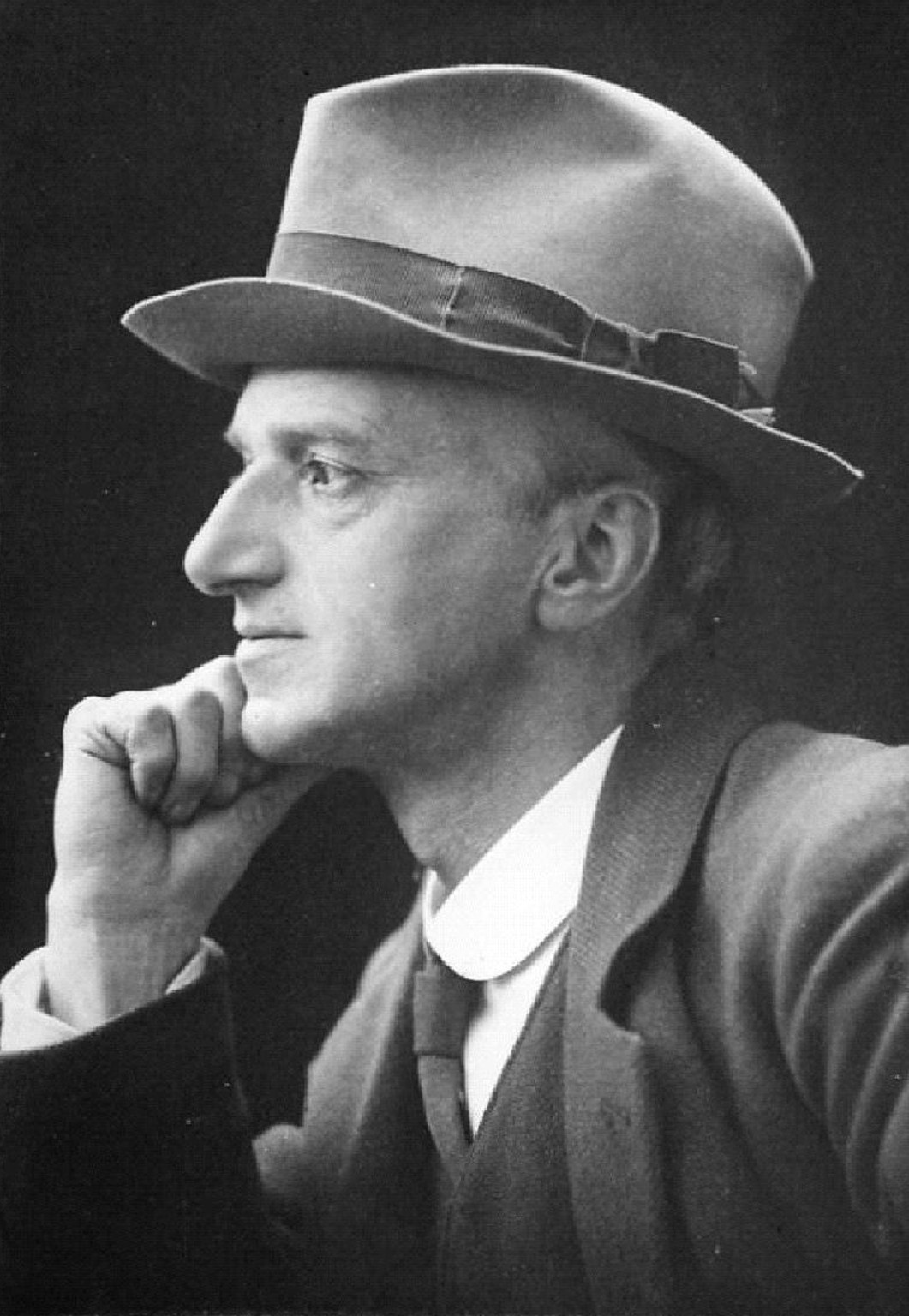
William Ratcliffe was one of the Camden Town Group of artists in early twentieth-century England. Although he never achieved the fame of other members of the Group, such as his friend and mentor Harold Gilman, he remained a full-time artist throughout his life, relying on the support of friends and family.
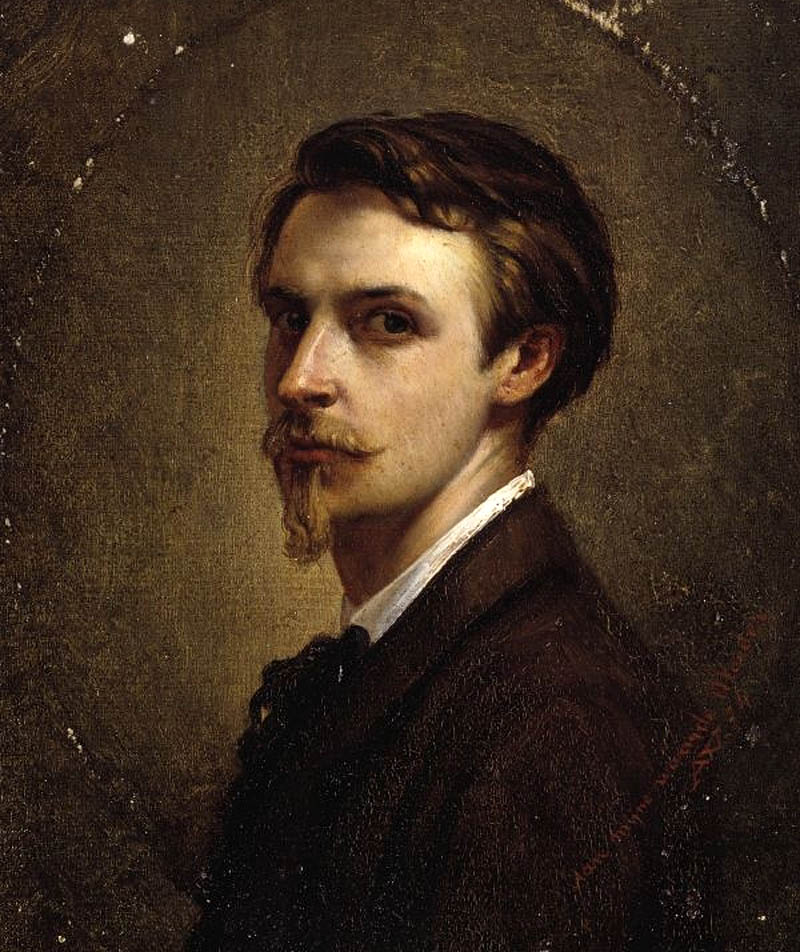
Emile Claus was a Belgian painter.
Under the influence of Claude Monet, he developed a style that has been characterized as luminism. In 1904, he started the artist group Vie et Lumière ('Life and Light').

William Ratcliffe was one of the Camden Town Group of artists in early twentieth-century England. Although he never achieved the fame of other members of the Group, such as his friend and mentor Harold Gilman, he remained a full-time artist throughout his life, relying on the support of friends and family.

Alfred James Munnings was known as one of England's finest painters of horses, and as an outspoken critic of Modernism. Engaged by Lord Beaverbrook's Canadian War Memorials Fund, he earned several prestigious commissions after the Great War that made him wealthy. Between 1912 and 1914 he was a member of the Newlyn School of artists. His work was part of the art competitions at the 1928 Summer Olympics, the 1932 Summer Olympics, and the 1948 Summer Olympics.
Munnings was president of the Royal Academy of Arts from 1944 until his death.
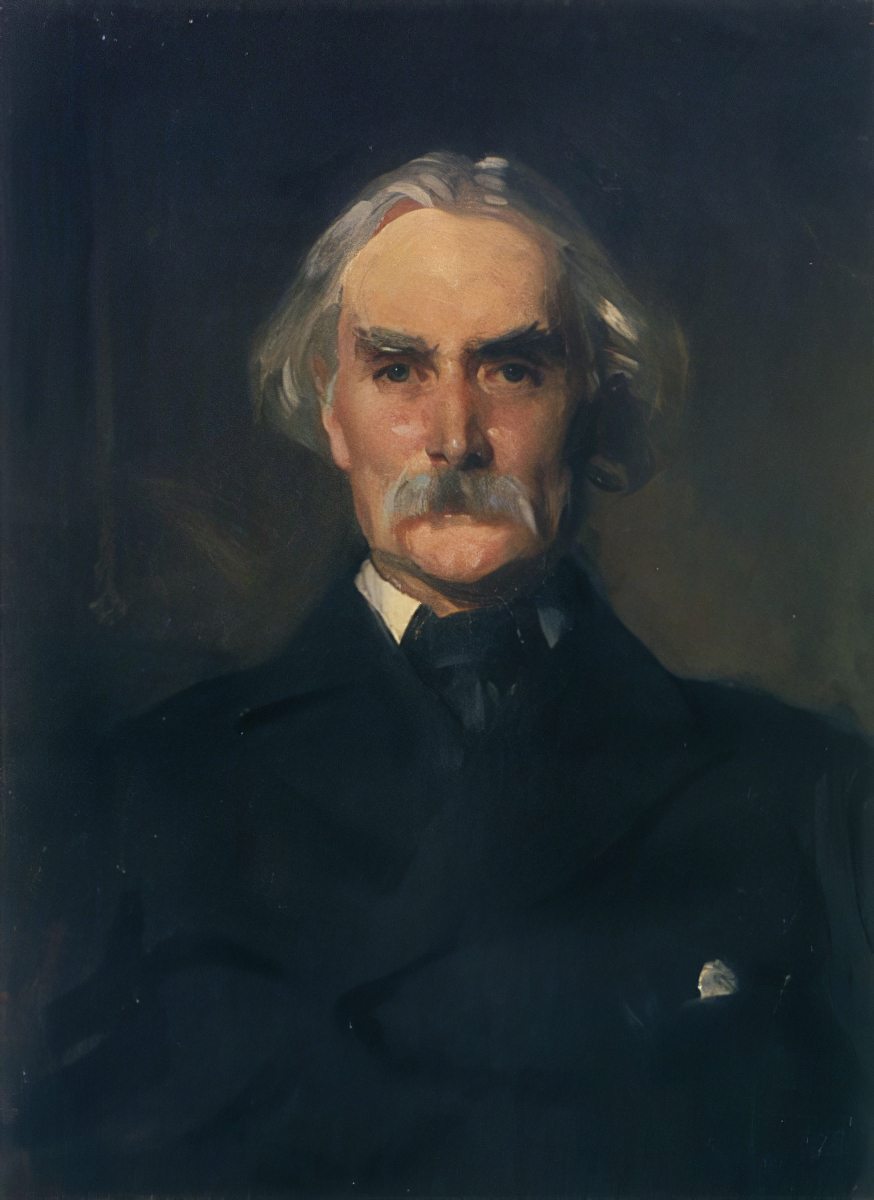
Charles Napier Hemy was a British genre and marine painter.
Hemy was elected an Associate of the Royal Academy in 1898 and an Academician in 1910. He was also honoured as an Associate of the Royal Society of Painters in Water Colours in 1890, and became a full member in 1897.
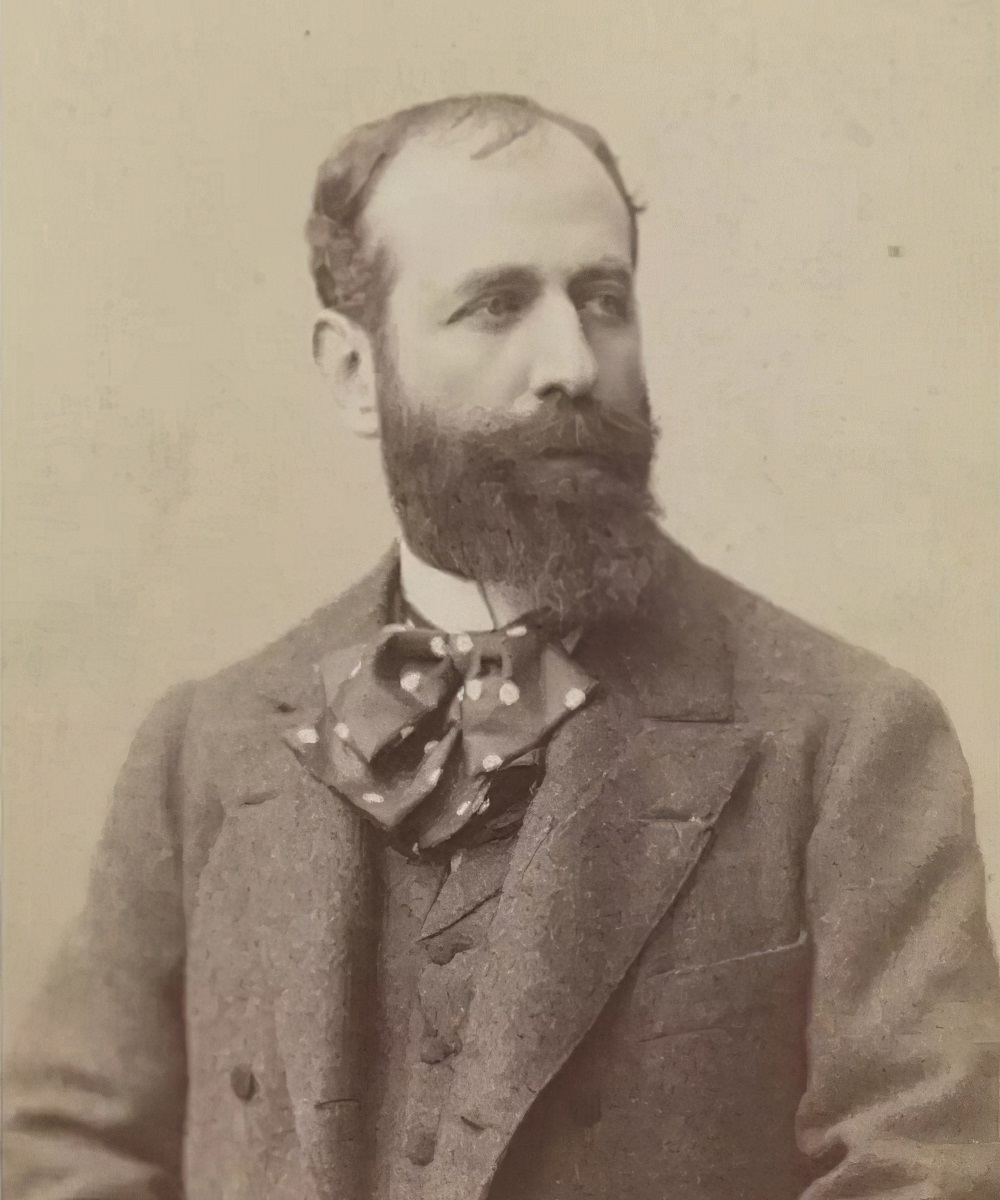
Jean-François Raffaëlli was a French realist painter, sculptor, and printmaker who exhibited with the Impressionists. He was also active as an actor and writer.
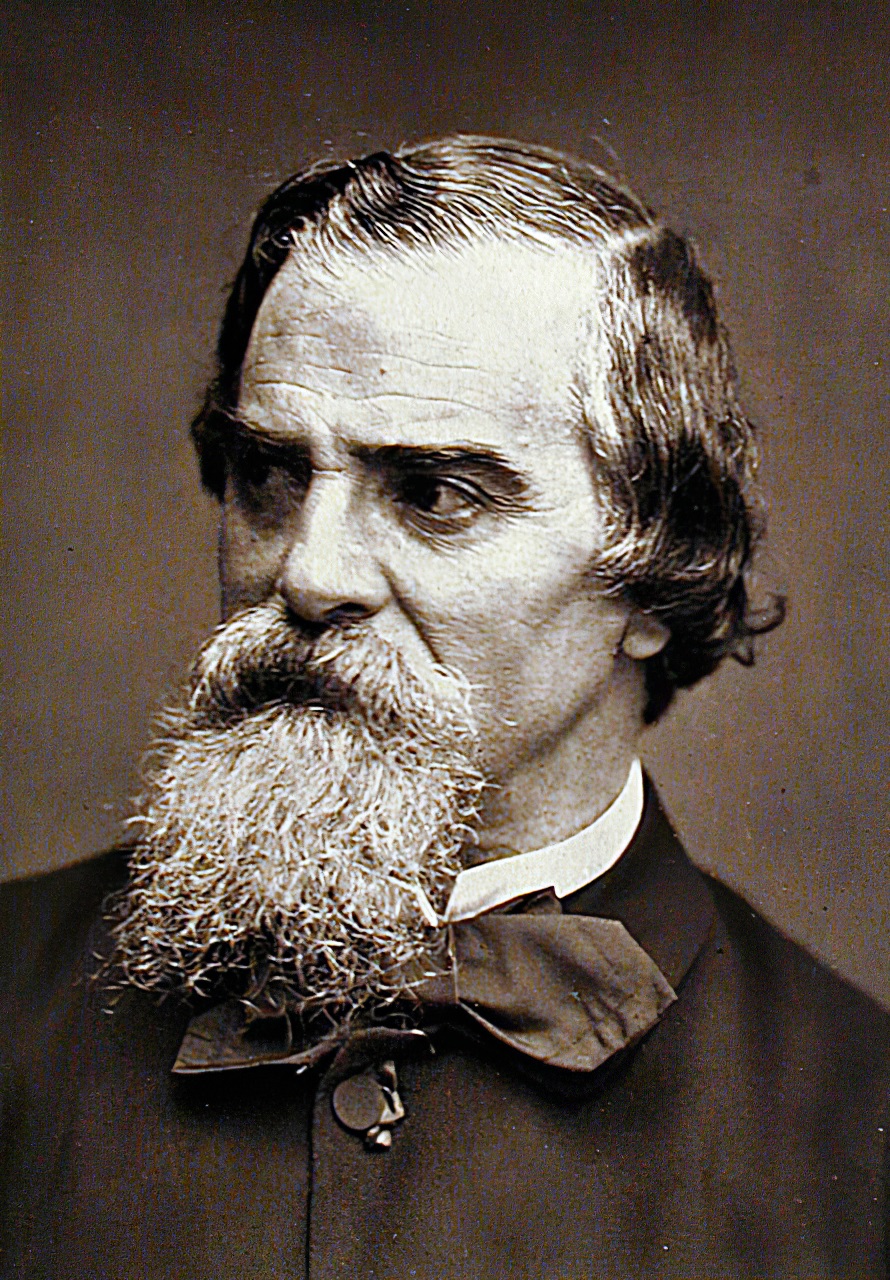
Narcisse Virgilio Díaz de la Peña was a French painter of the Barbizon school.
Díaz exhibited many pictures at the Paris Salon, and was decorated in 1851 with the rank of Chevalier (Knight) of the Légion d’honneur.
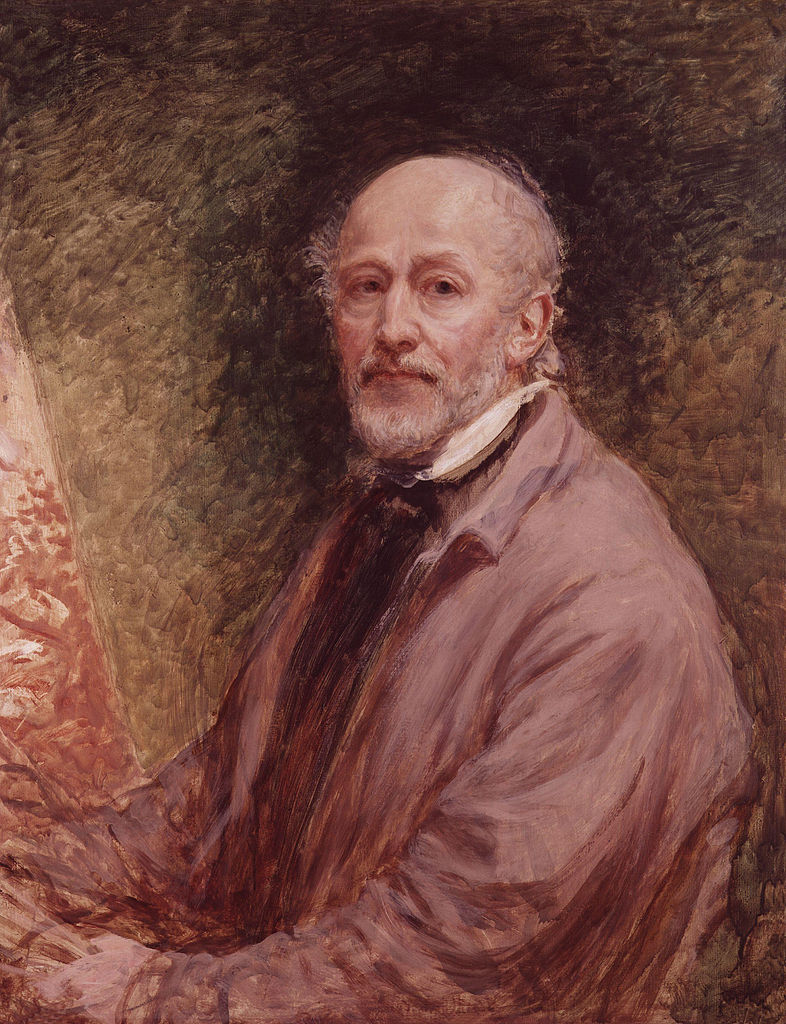
John Linnell was an English engraver, and portrait and landscape painter. He was a naturalist and a rival to the artist John Constable. He had a taste for Northern European art of the Renaissance, particularly Albrecht Dürer. He also associated with the amateur artist Edward Thomas Daniell, and with William Blake, to whom he introduced the painter and writer Samuel Palmer and others of the Ancients.
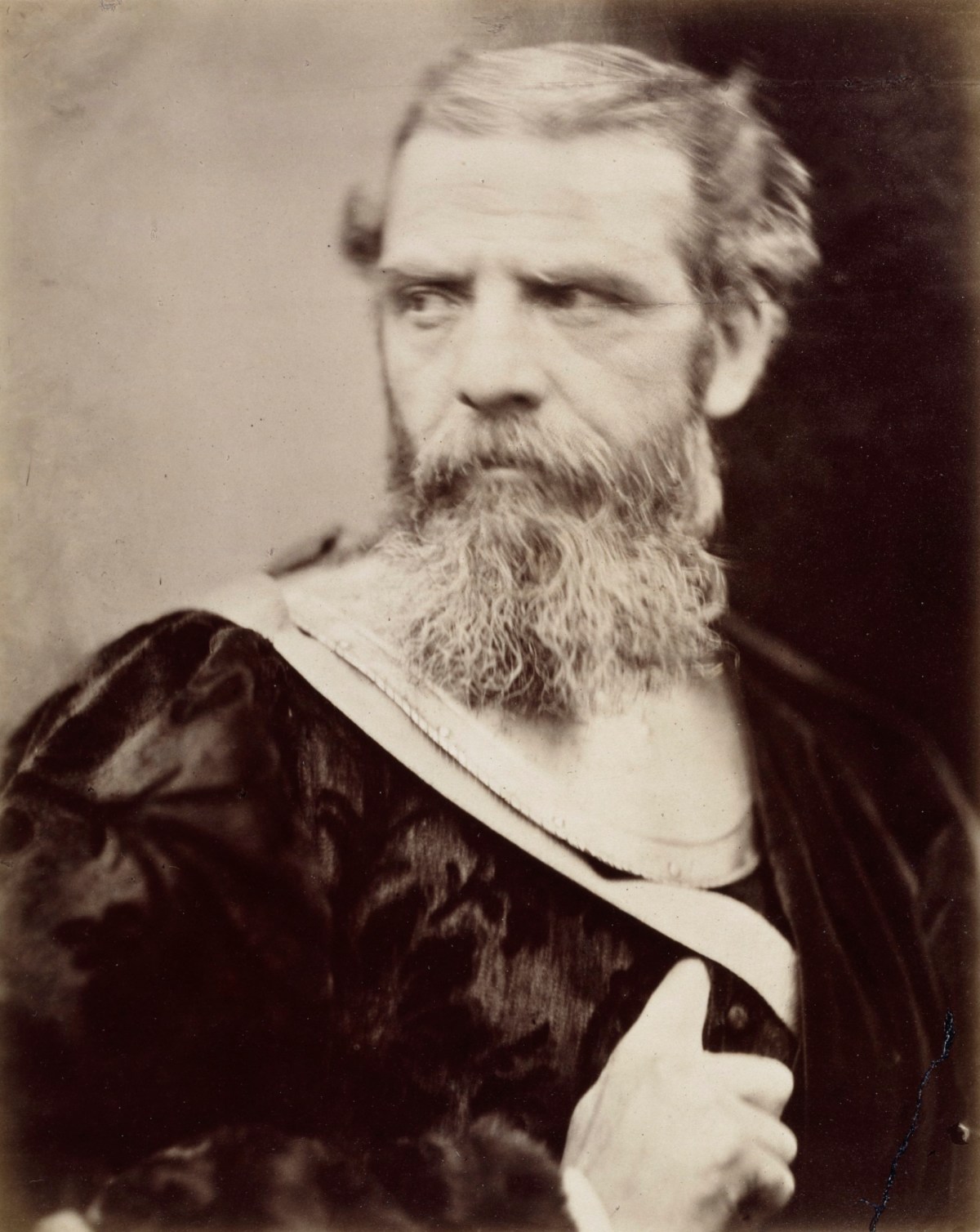
Richard Ansdell was a British painter of animals and genre scenes.
Ansdell's subject matter was compared to that of Edwin Landseer, though critical opinion was that, though popular, his works lacked the latter's emotional impact. His reputation was as a hardworking but occasionally over-proud artist; for instance, he received no royal commissions after refusing to paint Queen Victoria's dogs unless they were brought to his studio.
